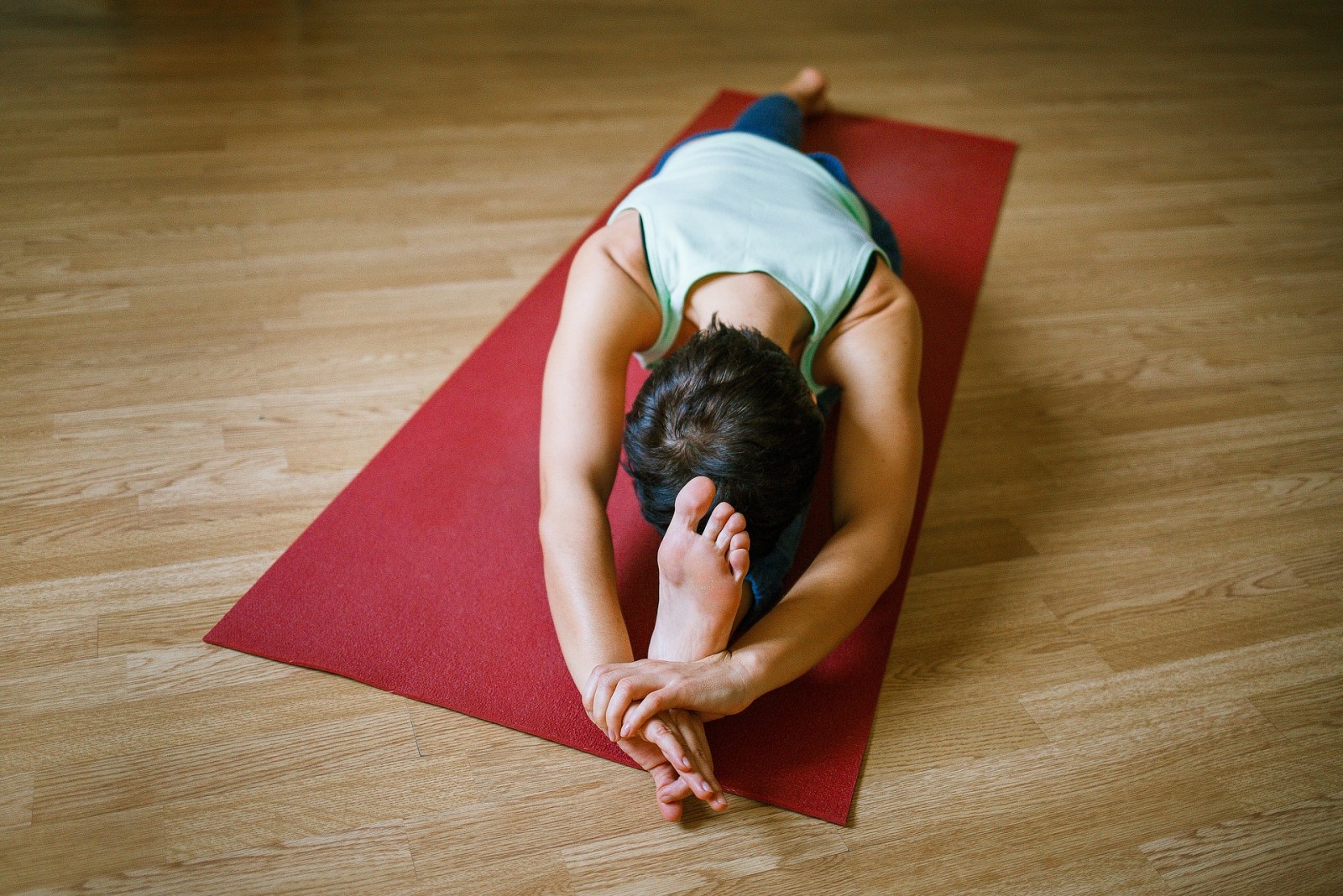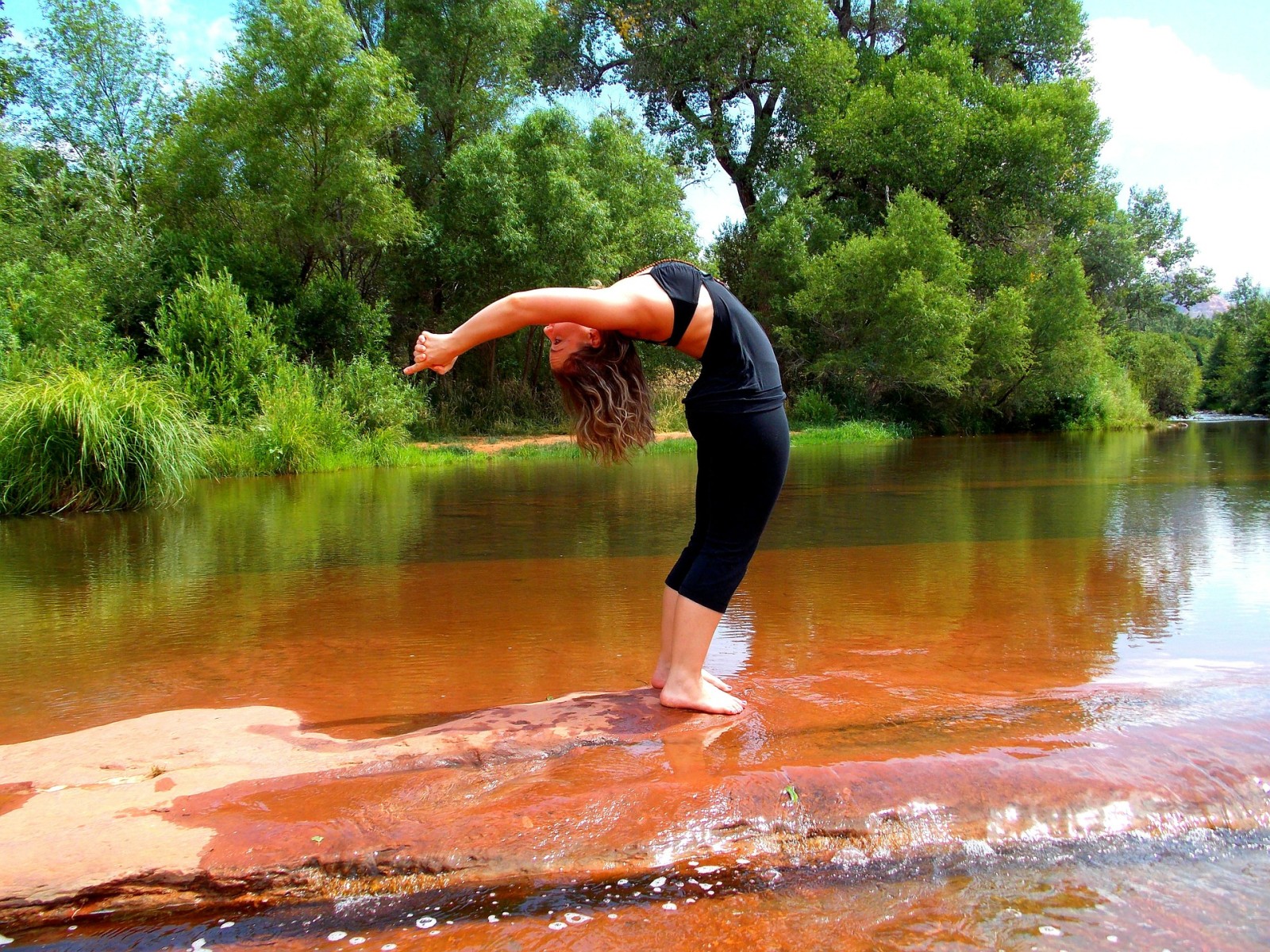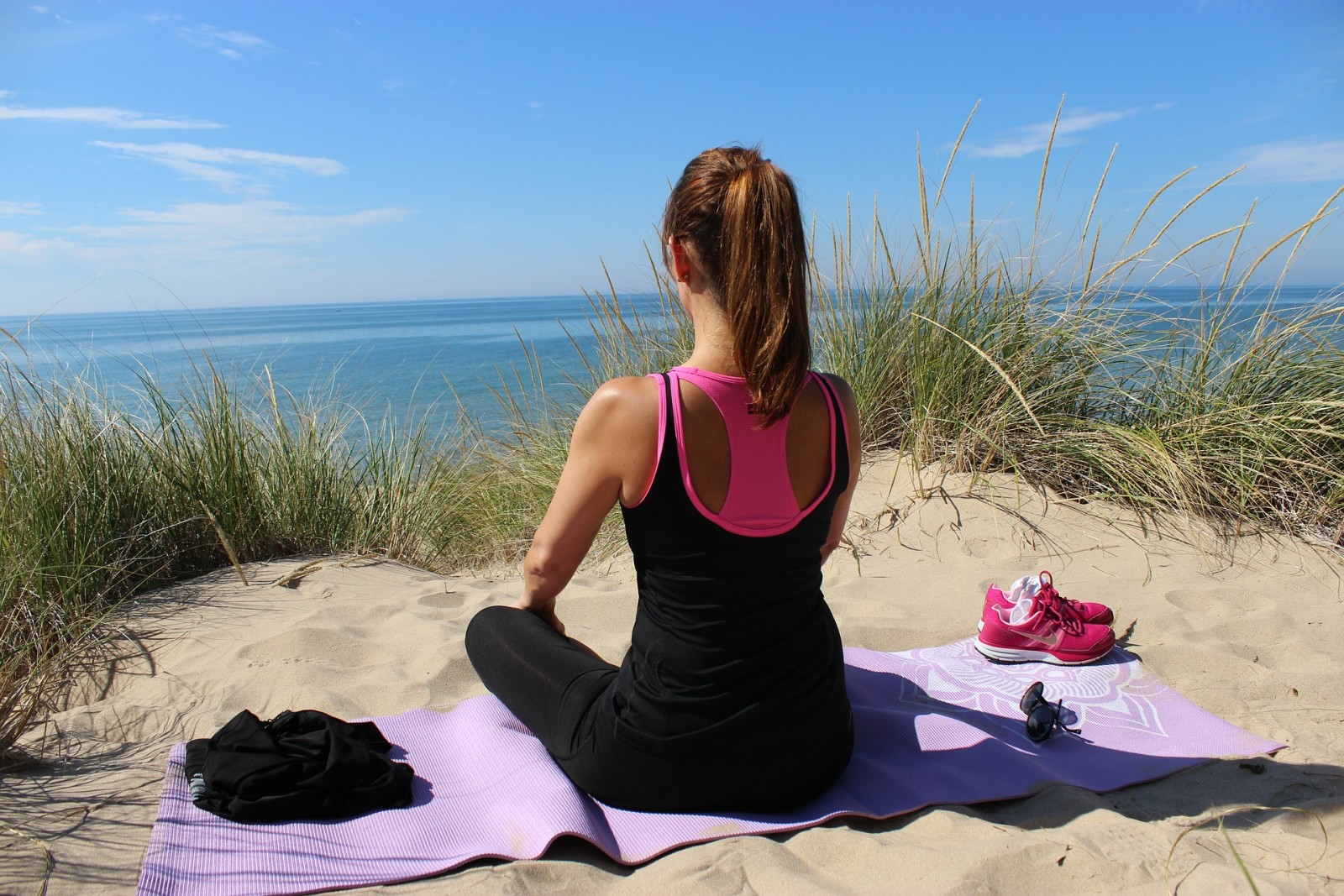The health benefits of yoga are literally endless. Not only can a regular practice lead to lower stress and better sleep, but for athletes, hitting the mat has flexibility, mobility, and strength benefits that make it the perfect complement to any training routine.
Yoga can be practiced virtually anywhere by anyone from a yoga beginner to a namaste master. With online video services available that offer awesome sessions, classes at big box gyms, and local studios where you’ll get the highest level of hands-on instruction you could ask for, there’s literally no excuse to not give it a try.
Here we’ll review details of the six most common formats (and some of their variations and sub-formats) out there so that you’ll know what you’re getting into when you hit the mat. Whether you’re looking for a great sweat session, and relaxing meditation, or some serious stretching, we’ve got you covered.
Ashtanga
In a Nutshell: This yoga style has roots in 4,000-year-old teachings but was modernized in 1948 when Sri K. Pattabhi Jois founded the Ashtanga Yoga Research Institute in Mysore, India. The idea behind Ashtanga is linking movement to breath and is typically done in a vigorous and specific flow of vinyasas (i.e. postures). The practice is designed to move you progressively through specific movements, so expect these classes to be the same poses each time.
What to Wear: Because the practice is designed to be progressive based on your ability, poses can get challenging and can have you upside down or working hard to balance. I recommend wearing fitted but moveable clothing that would allow you to do anything from sit comfortably and breathe to stand on your head.
What you’ll Do: Classes are typically an hour long and you will move through 5 sequences of movement. Most classes include three standing movement sequences, one seated sequence, and then a finishing sequence. Expect to move quickly, generate heat with your movements, and to get a good workout.
Skill Level: All yoga is designed to be accessible to every level, but given the vigorous nature of Ashtanga, sometimes a yoga beginner may find it to be more challenging than they expect.
Intensity Level: Ashtanga is typically an intense workout.
Bikram
In a Nutshell: Created about 30 years ago by Bikram Choudhury, this wildly popular style of yoga consists of 26 postures that you’ll move through over a 90-minute class in 105-degree heat. Expect to do each of the poses twice, and hold them for anywhere from 10-60 seconds. The pose series is designed to be a full body workout, and the uber hot room also gives participants a “purified” feeling after sweating out their toxins during the workout.
If Bikram is the branded version of the workout, think of Hot Yoga as the non-brand name. Many studios don’t pursue the Bikram franchise name, but offer heated yoga classes that may or may not follow the Bikram 26 posture series. For the purpose of this overview, we’ll lump the two class types together, as what a yoga beginner will need to know is similar.
What to Wear: Nothing, if it’s allowed. No, seriously, as little as possible. I’ve seen participants doing the class in swimsuits before. Because the rooms are very hot, the smallest amount of clothing you’re comfortable wearing while still working your way through postures is best. You’ll also want to bring a mat AND a large towel (think beach towel) to lay over your mat to prevent slippage during the workout.
What you’ll Do: The full-body workout will move through both strength and flexibility work that hits all your major muscle groups. There are levels to each movement, so practitioners of every level will have options. Oh, and you’ll sweat. A lot.
Skill Level: Like all Yoga, there are options to accommodate all skill levels, but be prepared to work hard.
Intensity Level: Because of the super-heated room, Bikram (and it’s non-brand name counterpart Hot Yoga”) are very intense.
Hatha
In a Nutshell: Hatha is probably the most commonly taught class format here in the U.S. and is just sort of the generic term for the Yoga that you’ll find at most big box gyms (and many small studios as well). Generally, Hatha classes tend to be a more gentle form of yoga, and while they may deliver a workout through more intense postures (think planking or lunging), many times classes are best suited for flexibility and mobility purposes.
A type of Hatha yoga, Anusara, was founded in 1997 and has a very spiritual focus. Typically taught at specialty studios, these classes are especially good for those who like to have a deeper connection to their workouts and the movements behind them.
What to Wear: Comfortable clothes that are easy to move in and are appropriate for the temperature of the practice. Hatha is sometimes done outdoors (I live in Florida, so I get access to beach yoga classes frequently), or it may be done in a cold group exercise room at a gym. Be prepared for your specific class conditions.
What you’ll Do: Because Hatha isn’t held to a rigid standard of a specific number of postures or a specific sequence, classes can be a mixed bag of tricks. Every instructor is different, and it’s helpful to ask before class what to expect. Generally, you can expect to start with some breath awareness, move through some sun salutations, and likely do some standing and seated postures before ending in “corpse pose” for a meditation.
Skill Level: Typically, Hatha Yoga classes tend to be very accessible and will be comprised of movements you’re familiar with. While there are options for arm balances or headstands, most instructors won’t go there during a class, so Hatha is truly suited for every ability.
Intensity Level: The instructor will have a lot to do with the intensity of the class, but most of the time you can expect Hatha to be a gentle form of Yoga.
Iyengar
In a Nutshell: If my CrossFit coach were a Yoga guru, I think he would be good friends with B. K. S. Iyengar, the founder of Iyengar Yoga. This meticulous yoga practice pays special attention to alignment and the precision of every posture and is a great fit for athletes who are neurotic about form. Instructors have in-depth training and certification to work with students, and you’ll use props like blocks or straps during class to make sure your body is in perfect alignment with everything you do.
What to Wear: Comfortable clothes that allow for free movement. Generally, Iyengar is a less intense form of yoga — because of the form focus you’ll move less quickly between movements, making it perfect for a yoga beginner — so if you’re someone who gets cold easily, full pants or leggings might be a good idea over booty shorts.
What you’ll Do: Expect to spend a longer amount of time in each pose than you might expect in a Hatha yoga class, allowing you to achieve precision in your pose and a deeper stretch and body awareness than you might be accustomed to with traditional stretching. You can expect to flow from one movement to the next.
Skill Level: With the extreme focus on form, Iyengar is an awesome type of yoga for every level of practice. No matter where you’re at with your flexibility and ability, instructors will be able to work with you and provide props to help you achieve the most out of your poses.
Intensity Level: Generally, Iyengar is a low-intensity format of a class. While you may have moments that feel like a more intense effort (holding a plank as an example), overall the class will be slower paced.
Restorative
In a Nutshell: Restorative yoga classes are like active nap time. And seriously, who doesn’t love a good nap time? A great release after a stressful day, restorative yoga classes are typically offered in the evenings and combine passive poses with breath work and meditation to achieve that state of Zen bliss that Yogis love.
What to Wear: Something that resembles your pajamas (unless you sleep in the buff- in that case, wear comfy, baggy, flowy clothes).
What you’ll Do: Restorative yoga classes usually combine props and breath work to give you the benefits of yoga poses without having to tax your muscles or do any hard work. Expect a lot of stretching, a lot of breathing, some visualization and meditation, and poses that help to return blood flow and restore balance to your body.
Skill Level: This is a very beginner-friendly entry-level yoga form in terms of skill. But let’s face it, who among us couldn’t use more relaxation? It’s appropriate for every athlete.
Intensity Level: Extremely low. Like I said, think nap time only with better health and rejuvenation benefits.
Vinyasa
In a Nutshell: Vinyasa yoga is what a lot of people think of when they visualize “power” yoga. Much like Ashtanga, Vinyasa combines breath with movement, but it doesn’t require a specific sequence of poses. In a Vinyasa class, you’ll get a different, challenging workout every time.
What to Wear: You’ll be moving quickly and working up a sweat, so fitting moisture-wicking apparel is perfect for a Vinyasa class.
What you’ll Do: In a Vinyasa class, instructors will create their own flow for you to follow. It can consist of standing and seated postures. Expect to be moving a lot, going from one pose on an inhale into another on an exhale. Depending on the instructor, there may be a focus for the day (examples could be twisting or hip opening), and the poses will reflect that focus. Always feel free to approach the instructor before class with questions on what to expect from the overall format.
Skill Level: As Vinyasa classes tend to move quickly, it’s a good idea to have at least a little yoga background before giving one a try. That said, just like every other yoga class we’ve outlined, the movements can be modified for any level of yogi so if Vinyasa sounds like your ideal way to get your flex jam on, go for it!
Intensity Level: Overall, Vinyasa can be a more intense yoga class that what you would get from something like a Hatha class. Come prepared to work, sweat, and find your Om.
Still not sure what the right class is for you? Check out the “What Type of Yogi Are You” quiz here to get a little more insight. Happy flowing!




